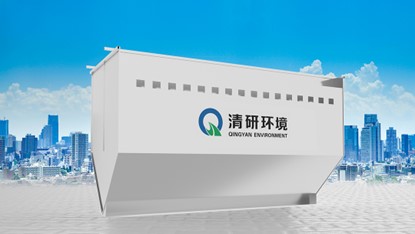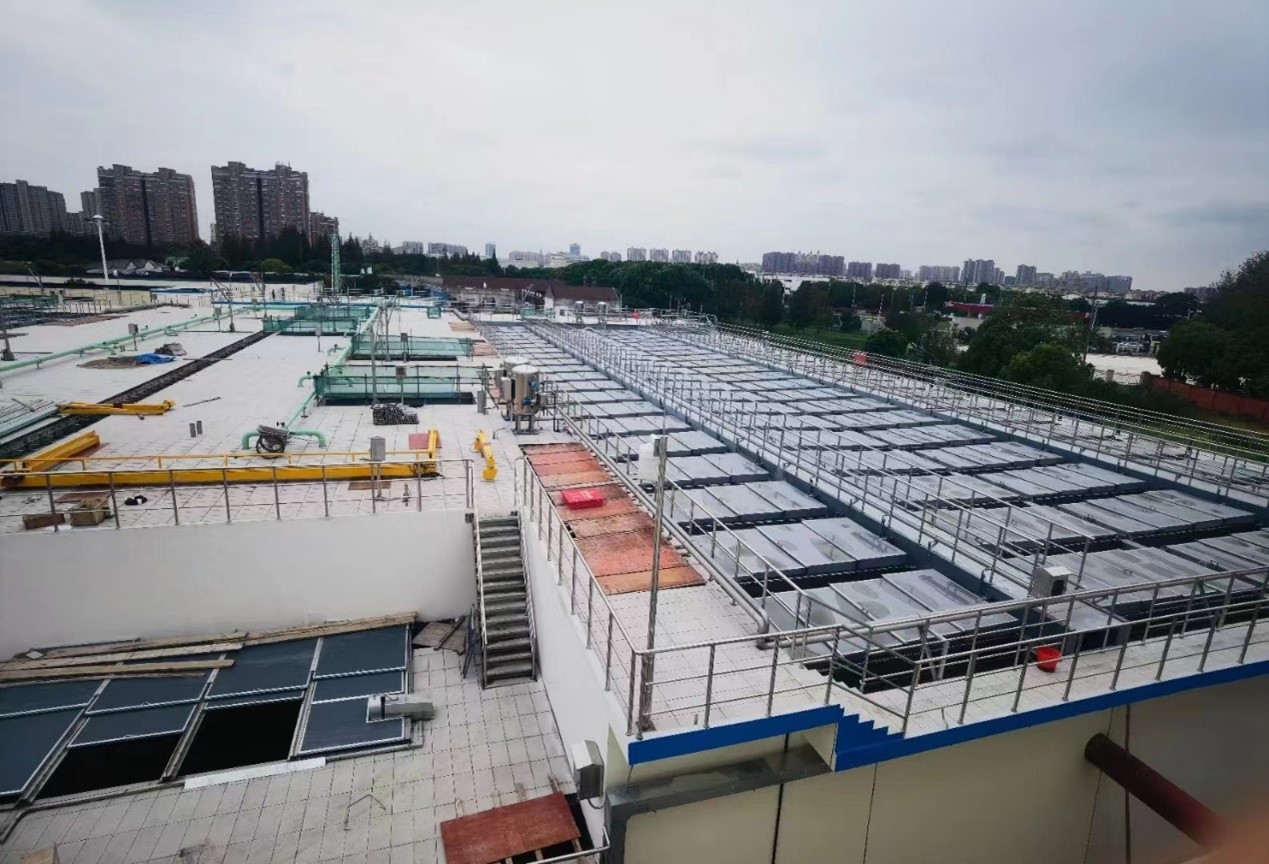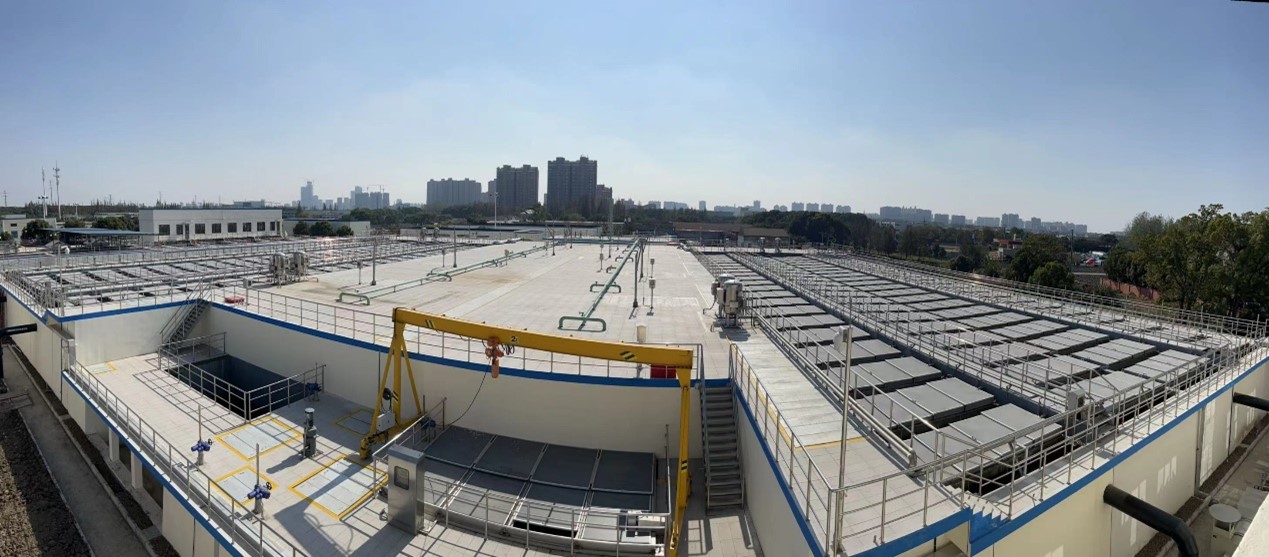An Application of Low-carbon and High-efficiency Sewage Treatment Plant with high investment cost-effectiveness, Less land use and fast construction period: the Case of RPIR Rapid Biochemical Technology in the Expansion of Kunshan Huaqiao Sewage Treatment Plant
As populations grow and urbanize, the need for effective sewage treatment intensifies. Traditional sewage treatment methods often struggle to keep pace. They can be inefficient, costly, and environmentally taxing. Innovation is paramount to address this growing challenge. We need solutions that are cost-effective, environmentally sound, and capable of handling increasing volumes of wastewater. This is where RPIR technology emerges as a beacon of hope. Traditional sewage treatment plants, often characterized by sprawling concrete structures, are resource-intensive. They consume significant energy and chemicals, contributing to operational costs and environmental footprints. The RPIR technology presents a radical departure from this conventional approach, offering a compact, efficient, and sustainable alternative. By rethinking the fundamental processes of sewage treatment, RPIR holds the potential to revolutionize how we manage wastewater and safeguard our water resources. The implications are significant, promising cleaner water, healthier environments, and more livable cities for generations to come.

RPIR stands for Reaction-Precipitation Integrated Reactor. It is an innovative sewage treatment technology that integrates several treatment processes into a single, compact unit. Unlike conventional systems with separate aeration and sedimentation tanks, RPIR combines these functions within its reactor. This integration is key to RPIR's efficiency and smaller footprint. It reduces the need for extensive infrastructure and minimizes land requirements, making it ideal for densely populated urban areas. At the heart of the RPIR system is the reactor. Here, wastewater undergoes a carefully orchestrated treatment process. Organic pollutants are broken down through biological processes, while simultaneously, phosphorus is removed through chemical precipitation. This simultaneous treatment is a hallmark of RPIR's efficiency, streamlining the process and reducing the need for multiple treatment stages. The integration of aeration and sedimentation within the reactor allows for the efficient removal of solids and further enhances the treatment process.

Within the RPIR reactor, a carefully controlled environment is maintained to optimize the treatment process. Aeration, essential for promoting the growth of beneficial bacteria that break down organic matter, is provided in a specific zone within the reactor. Simultaneously, chemicals are dosed to facilitate the precipitation of phosphorus, a key nutrient that can lead to algal blooms and water quality issues if left untreated. This simultaneous approach to organic matter removal and phosphorus precipitation is central to RPIR's effectiveness. The integrated design of the RPIR reactor allows for a more efficient and compact treatment process compared to conventional systems. By combining aeration and sedimentation in a single unit, RPIR eliminates the need for separate tanks, reducing the plant's footprint and construction costs. Furthermore, the close proximity of the different treatment zones within the reactor allows for faster and more efficient treatment. This results in a higher quality effluent, meaning cleaner water is discharged back into the environment. The simplicity of the RPIR system also translates into easier operation and maintenance, further enhancing its cost-effectiveness.

The Kunshan Huaqiao Sewage Treatment Plant in China stands as a testament to RPIR's potential. Facing increasing wastewater volumes from a growing population, the plant integrated RPIR technology to enhance its treatment capacity and efficiency. The results have been impressive. The plant has reported significant improvements in treatment efficiency, particularly in the removal of organic pollutants and phosphorus. The implementation of RPIR technology at the Kunshan Huaqiao plant has not only resulted in enhanced treatment performance but has also yielded significant economic and environmental benefits. The compact design of the RPIR system has allowed the plant to expand its treatment capacity within its existing footprint, avoiding costly land acquisition and construction. Moreover, the reduced energy consumption and chemical usage associated with RPIR operation have contributed to significant cost savings for the plant. This successful implementation serves as a model for other municipalities looking for sustainable and efficient sewage treatment solutions.
The benefits of RPIR technology extend beyond the immediate confines of a sewage treatment plant. By producing cleaner effluent, RPIR contributes to healthier aquatic ecosystems. The reduced discharge of pollutants, particularly nutrients like phosphorus, helps prevent algal blooms and maintains the ecological balance of receiving water bodies. This, in turn, safeguards water resources for drinking, recreation, and other uses. From an economic standpoint, RPIR's efficiency translates into cost savings throughout the treatment process. The lower energy consumption and reduced chemical usage minimize operational costs, making it an attractive option for municipalities. Moreover, the compact footprint of RPIR plants reduces land requirements, a significant advantage in densely populated areas where land is scarce and expensive. The combination of environmental and economic benefits positions RPIR as a sustainable solution for addressing the world's growing wastewater challenges.
The benefits of RPIR technology extend beyond the immediate confines of a sewage treatment plant. By producing cleaner effluent, RPIR contributes to healthier aquatic ecosystems. The reduced discharge of pollutants, particularly nutrients like phosphorus, helps prevent algal blooms and maintains the ecological balance of receiving water bodies. This, in turn, safeguards water resources for drinking, recreation, and other uses. From an economic standpoint, RPIR's efficiency translates into cost savings throughout the treatment process. The lower energy consumption and reduced chemical usage minimize operational costs, making it an attractive option for municipalities. Moreover, the compact footprint of RPIR plants reduces land requirements, a significant advantage in densely populated areas where land is scarce and expensive. The combination of environmental and economic benefits positions RPIR as a sustainable solution for addressing the world's growing wastewater challenges.
 LOADING...
LOADING...
 DATE:2024年10月08日
DATE:2024年10月08日


